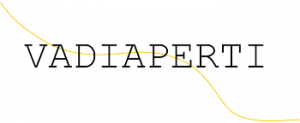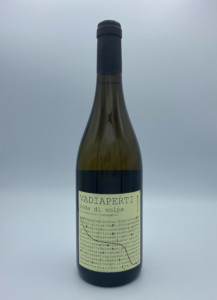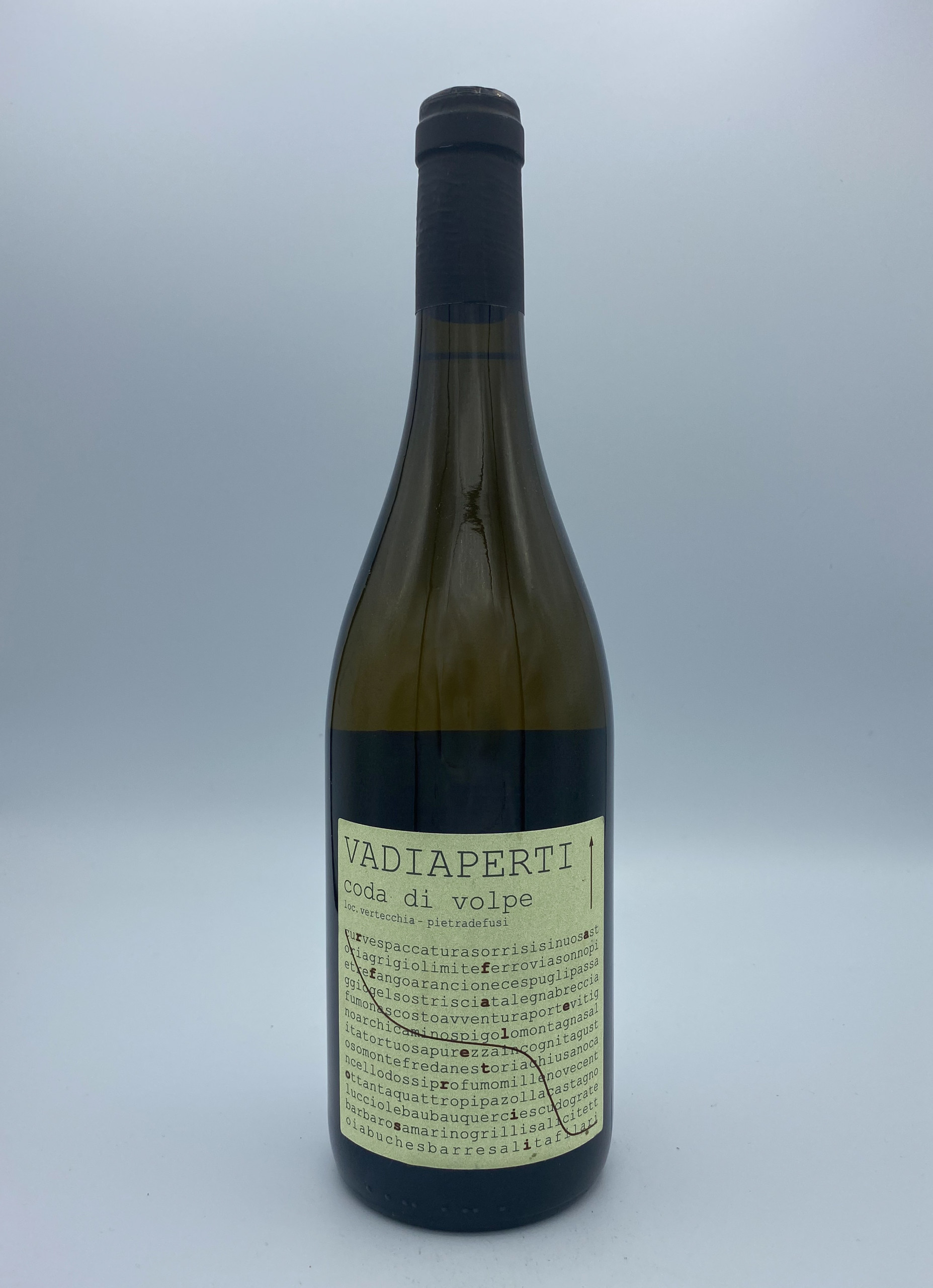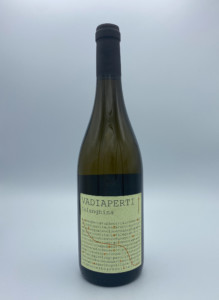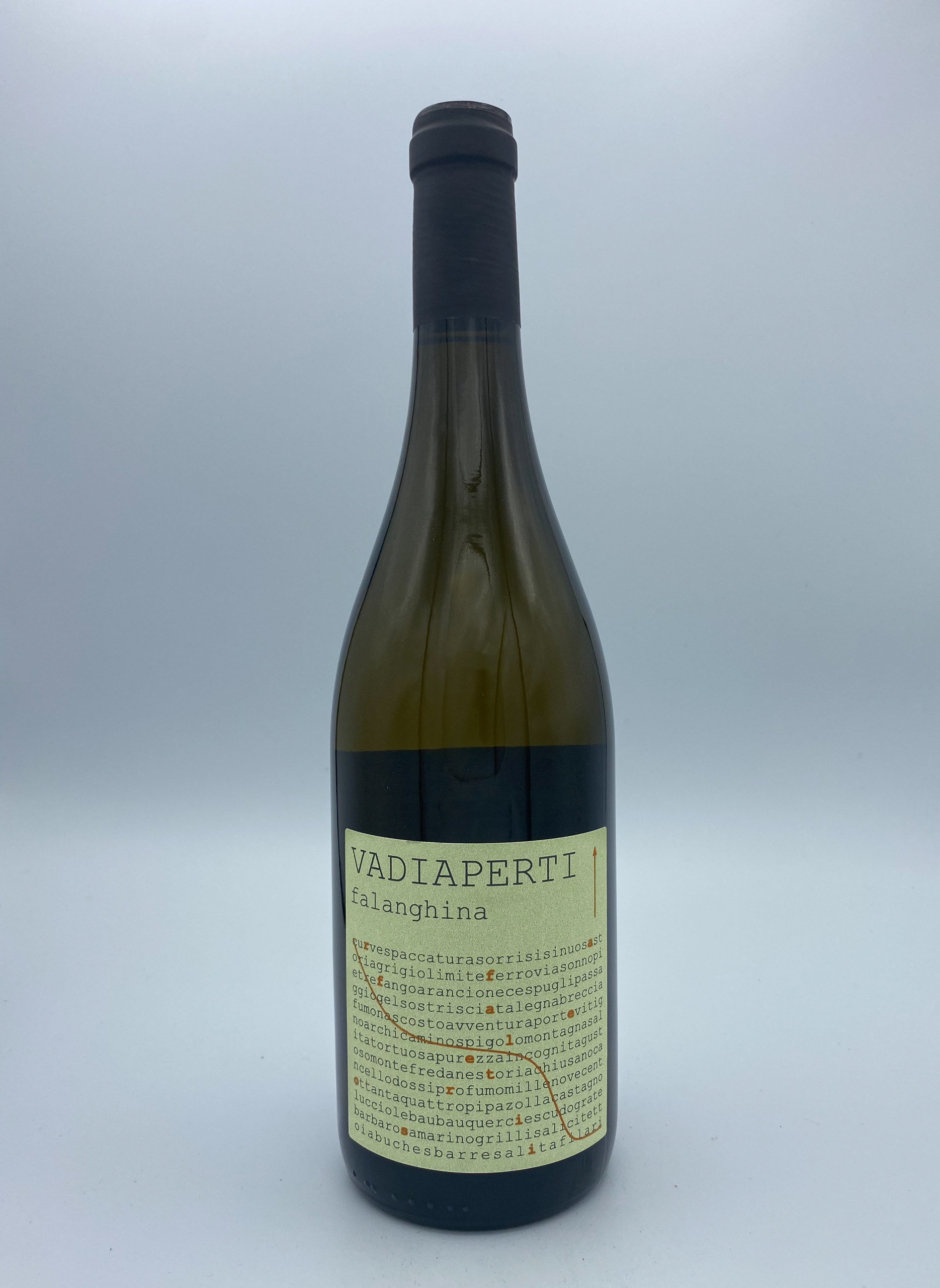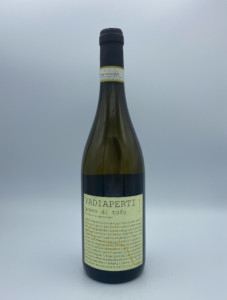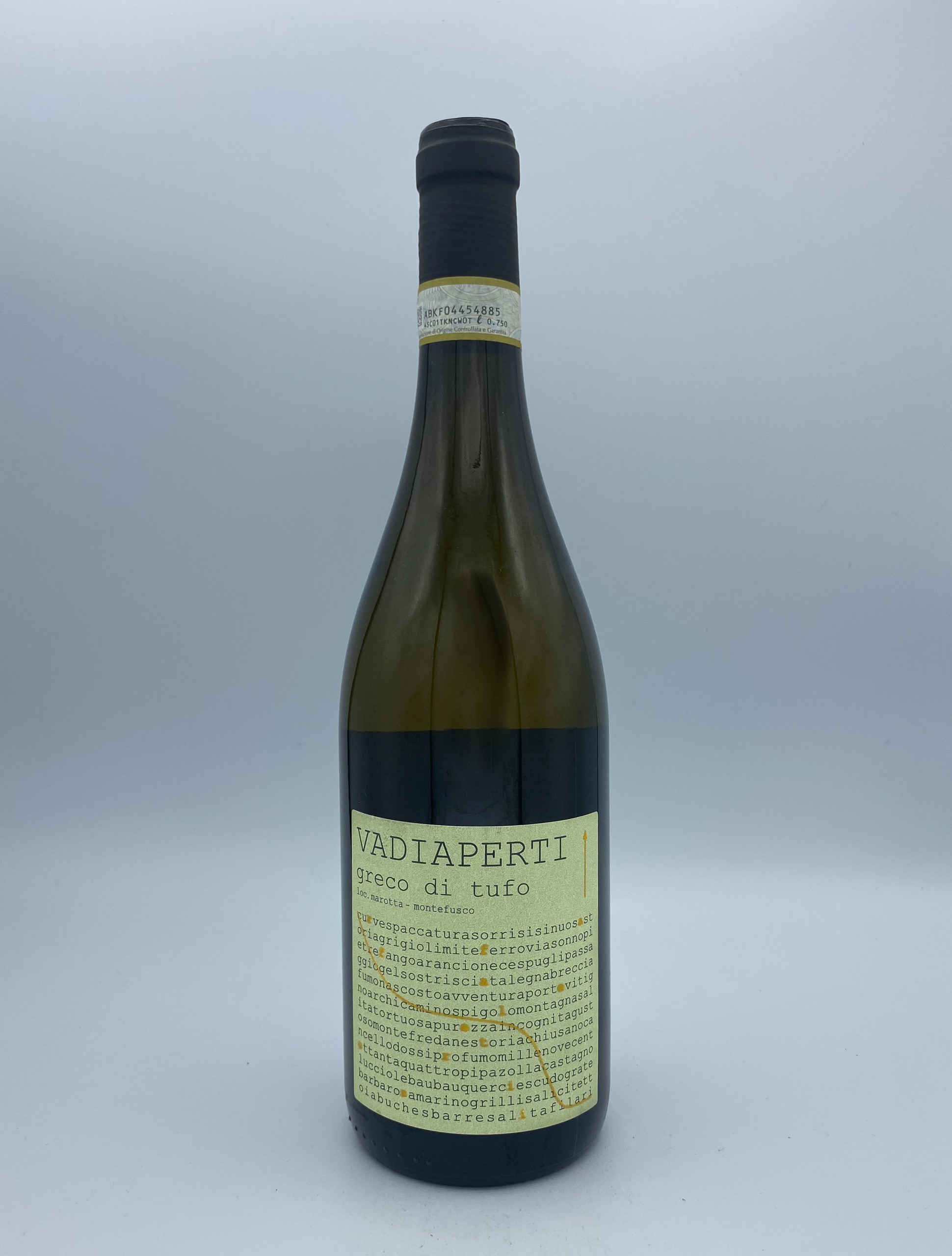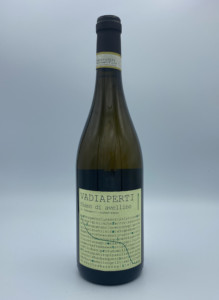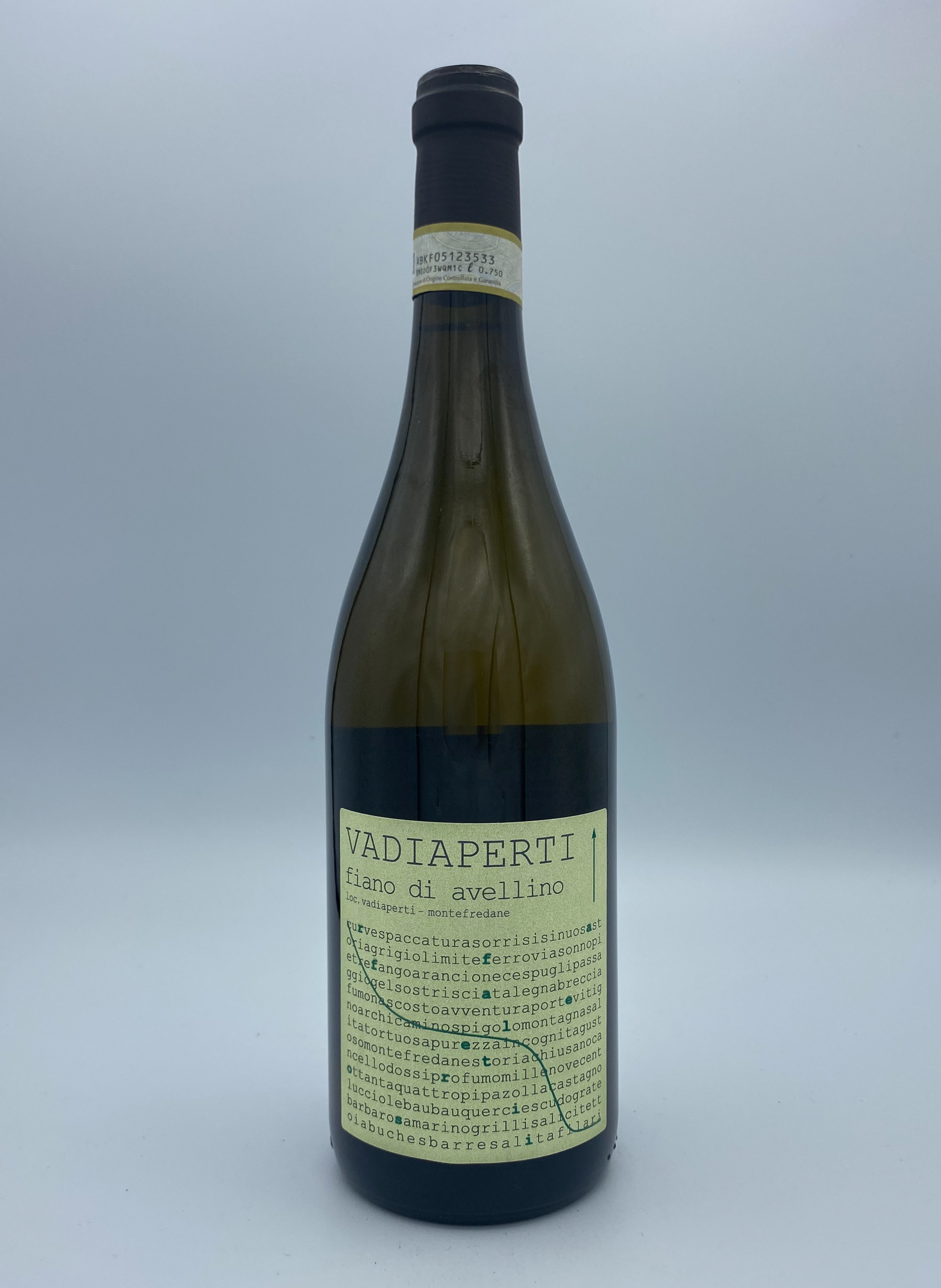Vadiaperti
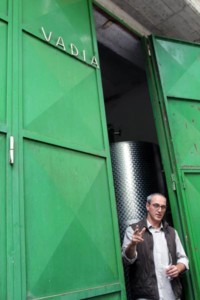
Raffaele Troisi
About
Owner & winemaker: Raffaele Troisi
Vineyards: 10ha, of which 8ha is estate-owned and 2ha is rented
Soils: Volcanic clay
Grapes grown: Fiano, Greco, Coda di Volpe
Annual production: 70,000-80,000 bottles
Quick facts:
- The distinctive feature of the soil is a two-foot deep layer of volcanic pumice stones, deposited by an eruption of Vesuvis 1,800 years before the famous eruption that destroyed Pompeii.
- Wolves were for centuries an integral part of the ecosystem of the Campanian Apennines, in particular the part bordered by the Picentini mountains to the southwest and the Partenio range to the northwest. In the sixth century B.C.E, this area was home to a tribe of ancient Italic people known as the “Hirpini,” who adopted the wolf as a totem animal. “Hirpus” was the word for “wolf” in their language. For this reason, the region has been known for centuries as the “land of the Irpini,” or “land of the wolves.”
Raffaele Troisi grew up among his family’s vineyards and cellars, which date back to the early 20th century. Having taken charge of the family winery, he’s passionate about showcasing the indigenous varietals of his native Irpinia, which he sees as one of the treasures of the region.
Irpinia, corresponding to modern-day Avellino, is a particularly favorable area for the production of wine. It’s predominantly mountainous and hilly. The position is strategic in terms of both soil and climate–only a few kilometers from the Vietri Sea, while also at the foothills of the Apennines. The alternating influence of breezes from the sea, as well as breezes from further inland, create a unique Irpinian microclimate. The soils here are particularly interesting, composed primarily of debris from an eruption of Vesuvius 3,800 years ago (about 1,800 years before the famous eruption that destroyed Pompeii). The eruption laid down a layer of pumice stones two feet deep, now called “Avellino pumice.”
Raffaele characterizes his winemaking style as respect for the vines, the soils, the climate, and the terroir. To this end, the vinification techniques are as traditional as possible. This does not, however, signify an absence of scientific or technical rigor. (Raffaele has a diploma in chemistry, after all.) Instead, he uses modern precision to improve upon the way his grandfathers made wine.

